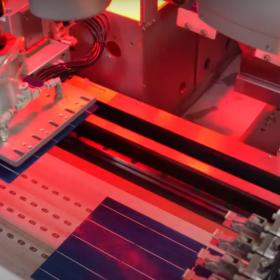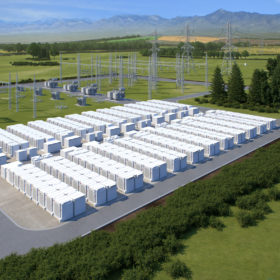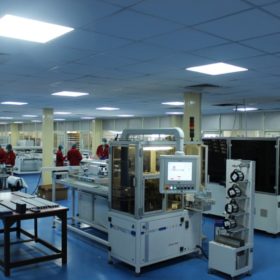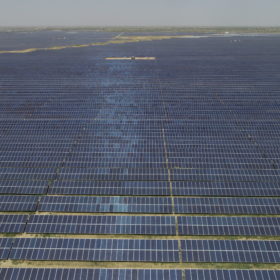Indosolar starts production at 1.3 GW solar module factory
Indosolar, a subsidiary of Waaree Energies, has started production at its new 1.3 GW solar module manufacturing facility in India.
Brookfield acquires controlling stake in Leap Green Energy
Brookfield will initially invest more than $200 million in Leap Green Energy by subscribing to new shares and acquiring shares from current shareholders.
India’s ALMM list tops 50 GW of solar module capacity
The PV modules on India’s Approved List of Models and Manufacturers (ALMM) comply with the Bureau of Indian Standards and meet the Ministry of New and Renewable Energy’s (MNRE) module efficiency criteria for utility-scale, rooftop, solar pump, and solar lighting applications.
India’s battery storage capacity hits 219.1 MWh
India’s installed battery storage capacity reached 219.1 MWh at the end of March 2024. A recent Mercom report predicts that the nation will add 1.6 GWh of standalone battery storage and 9.7 GW of renewable projects with storage by 2027.
Gautam Solar files design patent for PV panel packaging
Gautam Solar team has developed a packaging pallet for solar panels that prevents panel breakage and the formation of microcracks during transportation.
India launches several green hydrogen tenders
Mangalore Refinery and Petrochemicals has started accepting bids to build, own, and operate a green hydrogen plant to supply 10 kilotons per annum (ktpa( of green hydrogen. It says it will sign a 25-year gas purchase agreement with the successful bidder.
ACME Solar files request for $359.13 million IPO
ACME Solar Holdings has submitted a request for a $359.13 million initial public offering (IPO).
India launches 1.6 GW of hybrid wind-solar tenders
NTPC has started accepting bids from developers to supply 1.2 GW of wind-solar hybrid projects throughout India. Solar Energy Corp. of India (SECI) is also accepting bids to develop 400 MW of wind-solar hybrid power projects on a build-own-operate basis.
World Bank approves $1.5 billion loan to support India’s hydrogen plans
The World Bank has approved a $1.5 billion loan to help promote the development of the green hydrogen market and scale up renewable energy penetration in India.
India launches 1 GW/2 GWh battery storage tender
Solar Energy Corp. of India (SECI) has started accepting proposals to set up 1 GW/2 GWh of standalone battery energy storage systems (BESS) connected to India’s interstate transmission system (ISTS). Bidding closes on Aug. 5.










